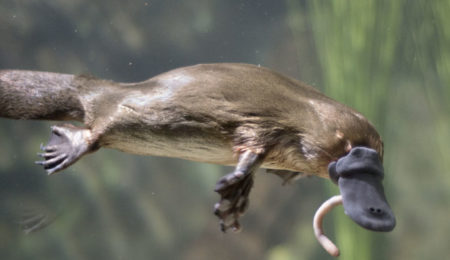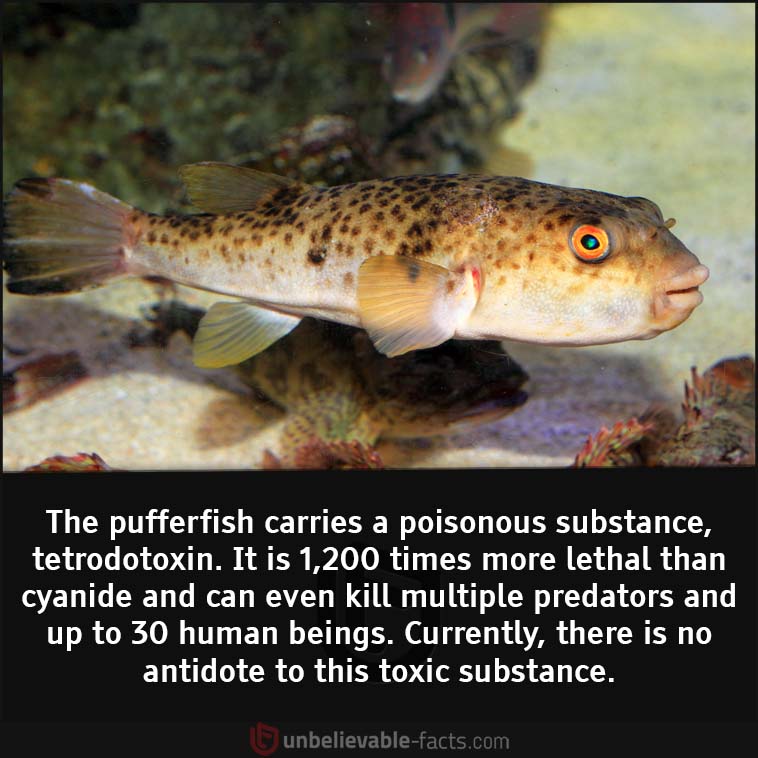12 Bizarre Facts About Animals That Will Leave You Amazed

We all have adored pictures of cute animals on social media. When we see such photos, our brain releases a blast of dopamine and makes us happy. But do you know that there are many weird facts about these adorable mammals that you might have never heard of? We bring to you 12 such bizarre and mind-blowing facts about these animals. Go ahead and explore!
1 Rabbits eat their own poop to digest the food a second time.
A rabbit excretes two kinds of poop – dry waste pellets and soft, moist droppings. In a day, a healthy rabbit produces 300 droppings. Rabbits eat the moist poop droppings as they are full of fiber and protein that rabbits were unable to digest in one go.
Thus, to extract all the nutritious value from the food, they eat it twice. This practice is called “coprophagia.” The soft feces usually happen at night. And if a rabbit does not eat night feces, it simply means they are not feeling well and need to see a veterinarian. (1, 2)
2 Slow lorises produce venom by licking a gland under their arm and mixing it with saliva.

This cute, tiny, and flurry primate, the slow loris, is the only primate in the world that is venomous. It secretes toxin by licking a sexual gland under its arm, and the secretion is activated by mixing it with saliva. Slow lorises rub this concoction on their body and on the babies that discourages nocturnal mammal predators and even insect parasites.
In comparison to their small size, you might be surprised by the fact that they are quite aggressive, especially the younger ones. A slow loris’ bite is so lethal that it can cause severe allergic reactions and even kill a human. (1, 2)
3 Domestic cats are responsible for the global extinction of 33 animal species.

Cats are one of the most common pets. Therefore, it might be hard to believe that domestic cats are responsible for the extinction of 33 species worldwide. They have a strong killer instinct and usually target birds and mammals like mice, shrews, voles, squirrels, and rabbits.
Shockingly, killings of animals by domestic cats have outpaced the estimates of other key threats to wildlife such as collisions with windows, buildings, communication towers, cars, and poisoning. In the United States, wildlife organizations have appealed to the government to make a strict policy against owners letting their cats outside without any vigilance. (1, 2, 3)
4 Sloths urinate and defecate only once a week. After every poop, sloths lose 1/3rd of their body weight and might even die.Â

Sloths live almost all their lives upside-down on trees. However, the only time they come to the ground and stand upright is when they need to poop. They have slow digestion, and some foods can take almost a month for a sloth to digest. Therefore, sloths defecate only once a week. They are most vulnerable to predators when they are down on the ground.
This event is quite significant because while pooping, they are most vulnerable to predators as they are on the ground. In reality, more than 50% of the sloths die while pooping. This has puzzled animal enthusiasts globally. Why sloths should wait so long to evacuate and risk their lives remains one of the biggest sloth mysteries. (1, 2)
5 The parasite wasp poisons ladybugs to make it host the wasp eggs.

For parasite wasps, ladybugs are the perfect host for laying their eggs. To make ladybugs do so, parasite wasps sting them and take over the control of their bodies. The ladybug doesn’t die but becomes paralyzed. Three weeks after the laying, a wasp larva bursts from the belly of the ladybug and weaves itself a cocoon between its legs.
Once immobilized, the ladybug stands guard over the silk cocoon and protects the eggs. Recently, scientists found out that the wasp carries a virus inside its body and injects it into the ladybug. The virus replicates rapidly, but it doesn’t spread to the beetle’s brain until just before the larva emerges from its belly. (1, 2)
6 Pufferfish store a tetrodotoxin strong enough to kill up to 30 human beings.

Served as one of the most famous culinary delicacies in countries like Japan and China, pufferfish is quite toxic and has the potential to kill 30 human beings. There is no antidote for tetrodotoxin. Some of the side effects of this poison are profuse sweating and salivation, hypothermia, headache, and hypotension.
Surprisingly, the toxin carried by pufferfish is not manufactured inside its body. It accumulates in its organs, like ovaries, liver, intestines, and skin from bacteria in their diet. Therefore, those bred in captivity have much lower levels of toxicity than those living in ocean water. (1, 2, 3)
























